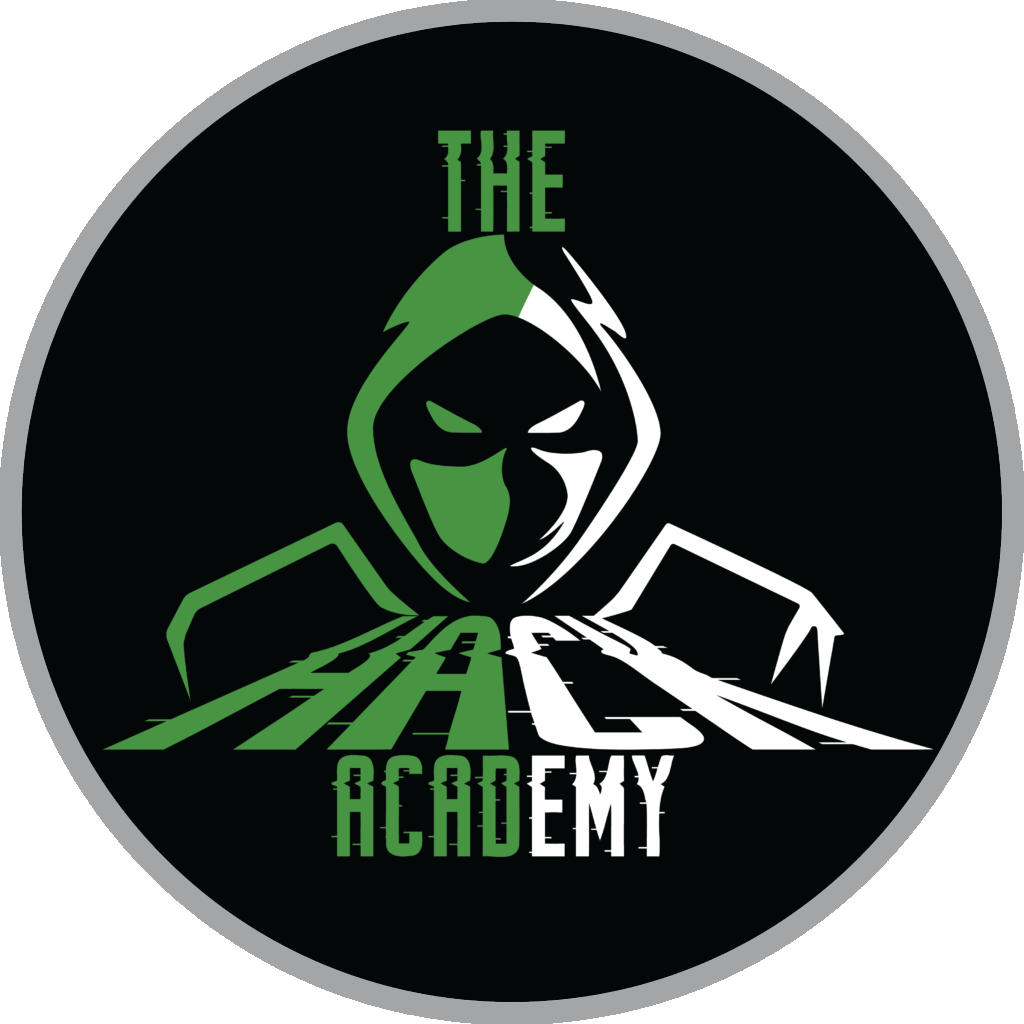Cutting-Edge Spy Tech Can Listen to Your Conversations Through Windows
In a striking advancement of surveillance technology, researchers have demonstrated how invisible laser-based tools can now eavesdrop on conversations and even detect keystrokes inside a room—without ever stepping foot inside. Using a precisely aimed infrared laser, an attacker can capture and reconstruct words spoken behind closed doors and even read what someone is typing on their laptop, all by analyzing vibrations reflected off a window or the device itself.
How the Spy Tool Works
This emerging espionage technique capitalizes on laser microphones, which have existed for decades but have now been fine-tuned with modern AI and signal-processing advancements. By bouncing a laser beam off a reflective surface, such as a window or even a laptop logo, attackers can detect microscopic vibrations created by sound waves or keyboard taps.
Once these tiny variations are captured, sophisticated software translates them back into clear audio or readable text, allowing a remote eavesdropper to reconstruct conversations or passwords typed on a keyboard. The breakthrough, unveiled at a recent cybersecurity conference, significantly enhances the capabilities of traditional surveillance methods, making long-range spying more effective and harder to detect.
A Leap Forward in Espionage Technology
While the concept of using laser reflections to capture sound has been around for years, new engineering enhancementshave dramatically improved the clarity and accuracy of this method. The system works by:
- Using an infrared laser that is invisible to the human eye.
- Aiming it at a reflective surface, such as a laptop’s metallic casing or a glass window.
- Measuring the way vibrations subtly alter the laser beam’s reflection.
- Converting these vibrations into sound waves or text inputs using advanced software.
By utilizing high-frequency strobing techniques and filtering out environmental noise, researchers have made it possible to extract precise audio signals and keystroke data even from long distances.
Potential Threats to Privacy
The implications of this technology raise serious concerns for privacy and security. If a DIY hacker can develop such a system with relatively affordable equipment, it is likely that state actors, intelligence agencies, and corporate spieshave already refined even more advanced versions of this tool.
Security experts warn that government agencies, cybercriminals, and corporate espionage groups could use these techniques to gather sensitive information, including:
- Private conversations inside offices, boardrooms, or homes.
- Confidential business negotiations or legal discussions.
- Password entries and sensitive data input on personal devices.
How to Protect Against Laser Eavesdropping
While this technology is undeniably impressive, countermeasures do exist to reduce the risk of exposure. Security professionals recommend:
- Installing double-paned or treated windows, which reduce vibration detection.
- Using window films or reflective coatings to interfere with laser reflections.
- Placing noise generators near windows to create interference.
- Avoiding workspaces with direct window exposure, especially for sensitive activities.
- Keeping windows dirty—even minor imperfections on glass surfaces can disrupt laser reflections.
Specialized anti-surveillance devices are also available, capable of vibrating windows at random frequencies to prevent laser microphones from extracting usable data.
The Future of Spy Tech
As surveillance techniques become more sophisticated and accessible, experts predict an ongoing battle between eavesdropping technologies and countermeasures. While the ethics of such tools remain controversial, one thing is clear—privacy in the digital age is more vulnerable than ever before.
With invisible, long-range listening devices now a reality, those concerned about confidentiality may need to rethink how they communicate behind closed doors—because someone might be listening, even from the other side of the glass.
Photo Credit: DepositPhotos.com

